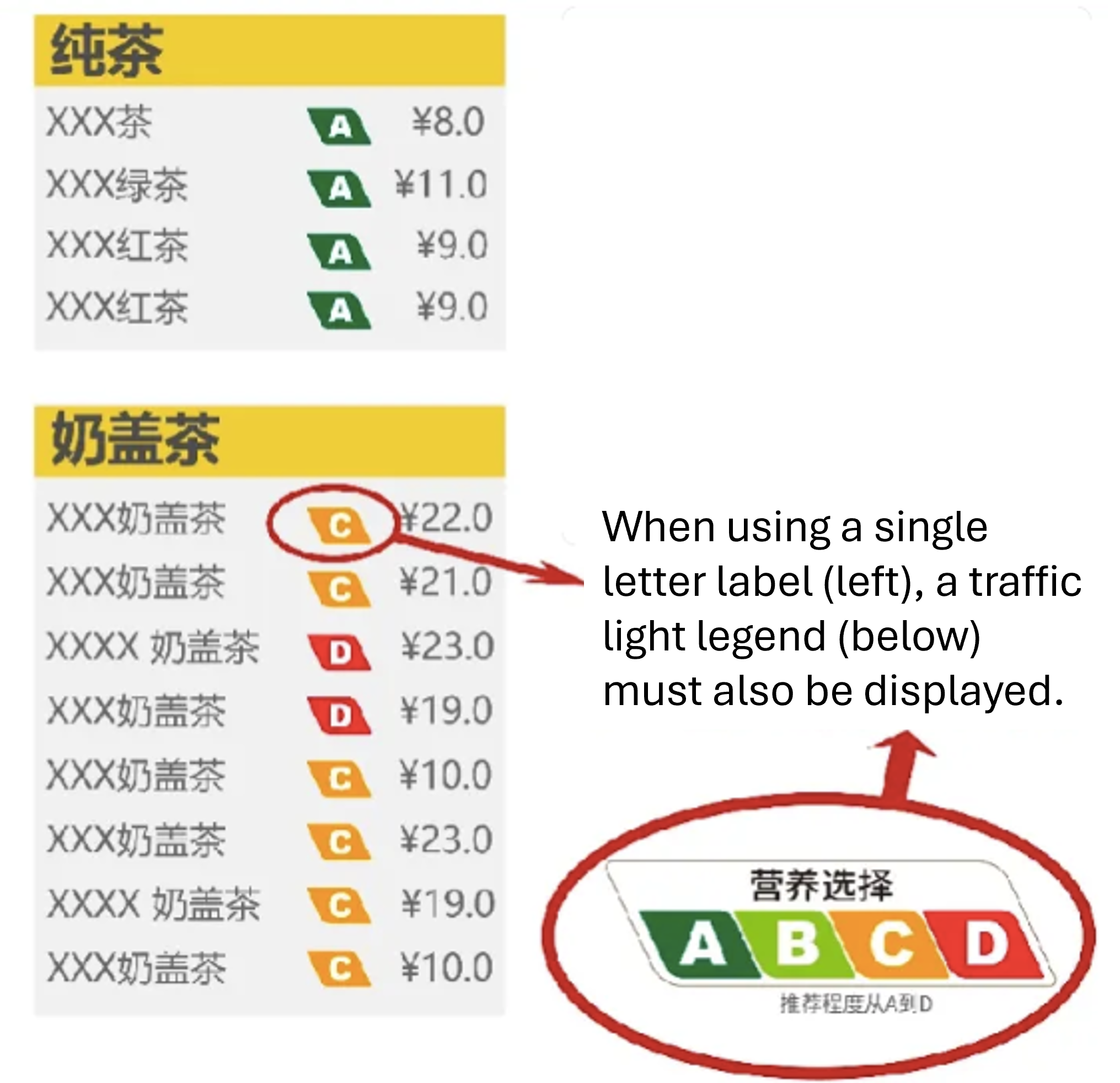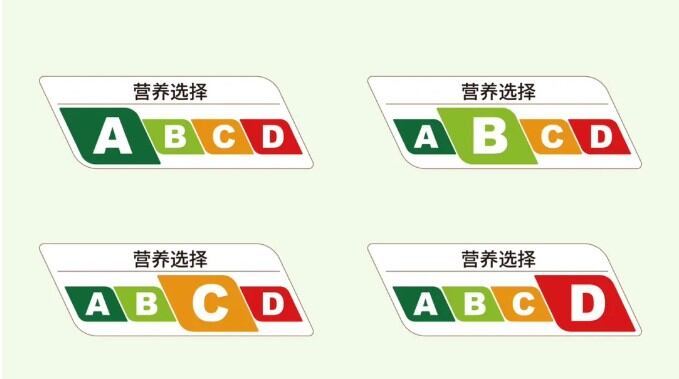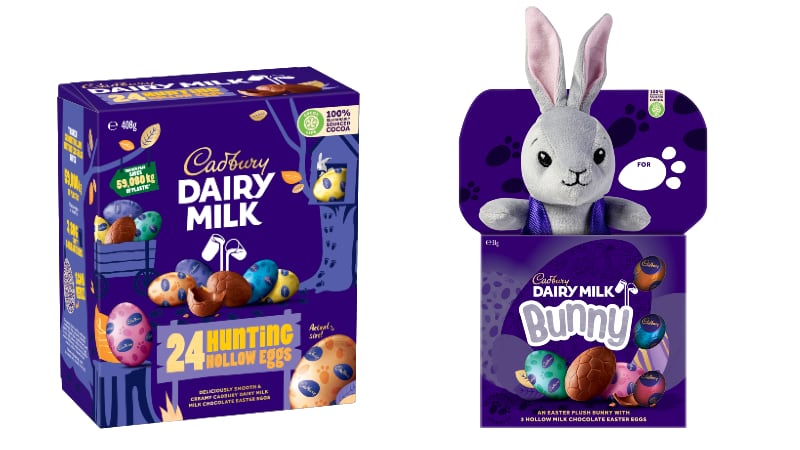The pilot was announced by the Shanghai Municipal Center for Disease Control and Prevention (SCDC) to cover both prepackaged RTD beverages for retail as well as freshly-prepared beverages such as those sold in tea shops and cafes.
The traffic light labelling scheme is similar to those used in other markets such as Singapore (Nutri-Grade) and the United Kingdom (Nutri-Score), and is quite similarly termed as 营养选择 which translates roughly to ‘Nutritional Choice’.
Similar to these other schemes, it utilises a green-to-red colour scheme and the letters A to D to designate the nutritional value of beverages, so the most highly-recommended items would have a dark green ‘A’ label, and the least-recommended ones would have a red ‘D’ label.
“This scheme categorises beverages based on both domestic and international standards, considering the nutritional value of the ingredients as well as the local population consumption,” SCDC said via a formal statement.

“The designations are based mainly on three factors: Non-dairy sugar content, saturated fat content and trans-fat content.
“To get the Grade A designation, beverages must also not use any form of non-sugar sweeteners in addition to fulfilling the criteria for these three factors.”
As such, to obtain an Grade A label, the beverage in question must have not more than 0.5g/100ml of non-dairy sugars, not more than 0.75g/100ml of saturated fats, not more than 0.3g/100ml of trans-fats and also not contain any sweeteners e.g. aspartame, erythritol, isomalt and so on.
A Grade B label requires non-dairy sugar content of between 0.5g to 5g, saturated fat content of 0.75g to 2.5g, and not more than 0.3g of trans-fats; whereas a Grade C label requires non-dairy sugar content of between 5g to 11.5g and saturated fat content of 0.75 to 2.5g but would have more than 0.3g of trans-fats.
“The label gradation will also be designated based on the lowest-performing criteria of the beverage,” said SCDC.
“For example, if the item has 5.6g of non-dairy sugar (Grade C), 1.2g of saturated fat (Grade B) and 0g of trans-fat (Grade A), the grade will be subject to the lowest-performing attribute, so it will be graded as Grade C.”
The Shanghai version of this system also allows manufacturers to display a single capital letter corresponding to the grade of the beverage in situations where using the entire ‘traffic light’ would lead to visual confusion such as a complicated background or limited space, but in such cases a legend explaining the entire ‘traffic light’ would need to be displayed as well (Picture on right).
Tea and coffee as a major focus
Amongst the major brands that have attached these labels either to RTD bottled products or on menus include tea brands Naixue and CHAGEE as well as coffee brand Starbucks.
The labelling scheme is also in line with consumer demands for reduced-sugar, healthier beverages and a direct way of recognising these – according to a 2023 report released by Naixue, the brand saw found that some 63% of its consumers were making less-sugar purchases, a 10% increase from the previous year.
“The point of the labels is to convey concise, easy-to-understand nutritional information to consumers, in order to better guide them towards making healthier choices in their everyday food and beverage purchases,” SCDC added.
We will be taking a closer look at Healthier Product Innovation in our Growth Asia Summit 2024 this coming July, which will feature insights from a wide range of industry leaders and experts. Don't miss out – register here today!



